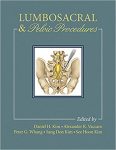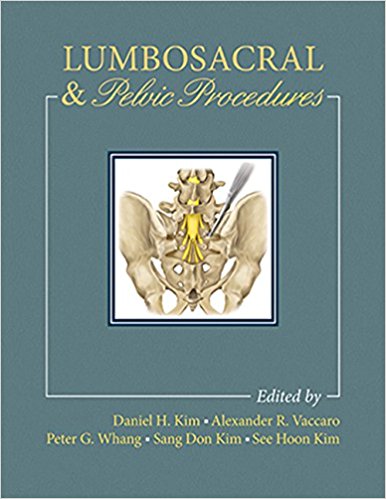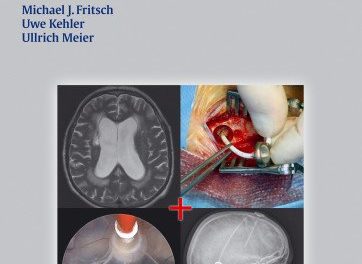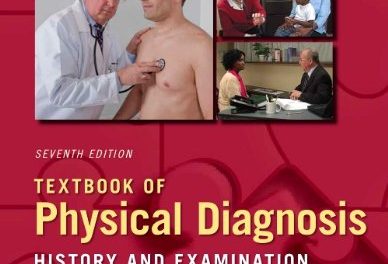 Editors: Daniel H. Kim, MD; Alexander R. Vaccaro, MD; Peter G. Whang, MD; Sang Don Kim, MD; and Se-Hoon Kim, MD
Editors: Daniel H. Kim, MD; Alexander R. Vaccaro, MD; Peter G. Whang, MD; Sang Don Kim, MD; and Se-Hoon Kim, MD
Publisher: Thieme – 526 pages
Book Review by: Nano Khilnani
A thorough understanding of the anatomy of the lumbosacral and pelvic regions, coupled with knowing well the types of movements and forces occurring in these regions is essential to selecting the most appropriate surgical approach in particular, and to performing surgical procedures successfully in general, the five editors named above, point out in the Preface to this book that focuses on this surgical specialty.
Eighty-eight specialists in spine, nerve, and orthopedic surgery from all around the United States and four other countries – India, Japan, South Korea, Thailand – authored the 31 chapters within five Parts of this book. We name the titles of these components below to give you a broad overview of what you will find in this text:
- Part I. Fundamentals
- Anatomy and Biomechanics of the Lumbosacral Spine and Pelvis
- Surgical Approaches to the Lumbosacral Spine
- Radiographic Evaluation and Spinopelvic Measurements
- Diagnostic Testing for Lumbosacral and Pelvic Pathologies
- Bracing and Orthoxes for Immobilization
- Part II. Diagnostics
- Spinal Infections
- Primary and Metastatic Tumors of the Lumbosacropelvic Region
- Lumbosacral Injuries: Diagnosis and Treatment
- Spondylolisthesis
- Sagittal Plane Deformity
- The Aging Spine
- Part III. Posterior and Posteriolateral Fusion Techniques
- Lumbar, Sacral, and Pelvic Osteotomies to Alter Spinopelvic Alignment
- Pedicle Screw Fixation
- Lumbar Transarticular Facet Screw Fixation
- Transiliac (Galveston) Rod Placement
- Iliac Screw Fixation
- Iliosacral Screw Fixation
- Transiliac Plating
- Sacroiliac Joint Fusion
- Reduction and Fixation of Lumbosacral Spondylolisthesis
- Fixation Techniques of Lumbosacral High-Grade Spondylolisthesis
- L5 Spondylolysis Repair
- Semirigid Fixation: Polyetheretherketone Rods
- Part IV. Interbody Fusion Techniques
- Anterior Lumbar Interbody Fusion
- Posterior Lumbar Interbody Fusion and Tranforaminal Lumbar Interbody Fusion
- Direct Lateral Lumbar Interbody Fusion
- Minimally Invasive Pedicle Screw Fixation and Interbody Fusion
- AxiaLIF S1, L5
- Part V. Motion Preservation Techniques
- Lumbar Disk Replacement
- Posterior Dynamic Sterilization and Lumbosacral Articulation
- Interspinous Process Implants
The editors have laid out a structured approach to the presentation of materials in the chapters. The best way to demonstrate this is to take a look at the outline of topics discussed in the initial chapter Anatomy and Biomechanics of the Lumbosacral Spine and Pelvis authored by Ferdinand J. Chan, Nicholas P. Granzella, Simon Yue-Cheong Tang, and Alok D. Sharan.
Just below the title and bylines of this chapter, you will find:
- Critical Points
- Must Know (3 items presented here)
- Should Know (3 other items presented here)
Then follow the presentation of topics and discussions, accompanied by graphics:
- Osteology
- Lumbar Region
- Sacrum and Coccyx
- Ligaments
- Lumbar Ligaments
- Sacral and Coccygeal Ligaments
- Intervetebral Discs
- Nerves
- Vasculature
- Muscles
- Additional Muscles Relevant to Spinal Movement and Stability
- Lumbar Spine Biomechanics
- Stabilization
- Conclusion
- References
Deformities in the spine can result in significant functional impairment, including the inability to walk or sit. A sagittal plane deformity is one example. The sagittal plane divides the body into two halves: the left and right parts.
There are several causes of a sagittal plane deformity, one of the most common being degenerative disease. The causes may be localized such as infection, trauma, or a tumor. Or it may be the result of systemic conditions such as ankylosing spondylitis, inflammatory arthritis, or osteoporosis.
Surgical correction of this type of deformity is “highly invasive and requires careful planning and perioperative medical optimization,” write the authors – Andrew H. Milby, Brian O’Shaughnessy, and Joshua D. Auerbach of chapter 19, Sagittal Plane Deformity.
In this chapter, a number of osteotomy techniques are among the Must Know Critical Points discussed. These techniques vary in the degree of correction provided, technical difficulty, and potential complications.
This text contains an extensive number of surgical procedures, explained and shown in much detail with drawings, relating to the lumbosacropelvic region of the spine. It is also authoritative, with the contributions of nearly 90 specialists.
Editors:
Daniel H. Kim, MD, FAANS, FACS is Director of Spinal Neurosurgery and Reconstructive Peripheral Nerve Surgery at Memorial Hermann Healthcare System, Mischer Neuroscience Institute, and Professor in the Department of Neurosurgery at University of Texas Health Science Center in Houston, Texas.
Alexander R. Vaccaro, MD, PhD is the Everett J. and Marion Gordon Professor of Orthopedic Surgery; Professor of Neurosurgery, Director of the Delaware Valley Spinal Cord Injury Center, C-Chief of Spine Surgery, and Co-Director of Spine Surgery in the Department of Orthopedic Surgery at Thomas Jefferson Hospital and The Rothman Institute in Philadelphia, Pennsylvania.
Peter G. Whang, MD, FACS is Associate Professor in the Department of Orthopedics and Rehabilitation at Yale University School of Medicine in New Haven, Connecticut.
Sang Don Kim, MD, PhD is Associate Professor in the Department of Neurosurgery at Bucheon St. Mary’s Hospital in the Catholic University of Korea in Bucheon, Kyunggi, South Korea.
Se-Hoon Kim, MD, PhD is Professor and Director of Spinal Neurosurgery in the Department of Neurosurgery at Ansan Hospital in the Korea University Medical Center in Ansan, Gyeoggi-do, South Korea.







